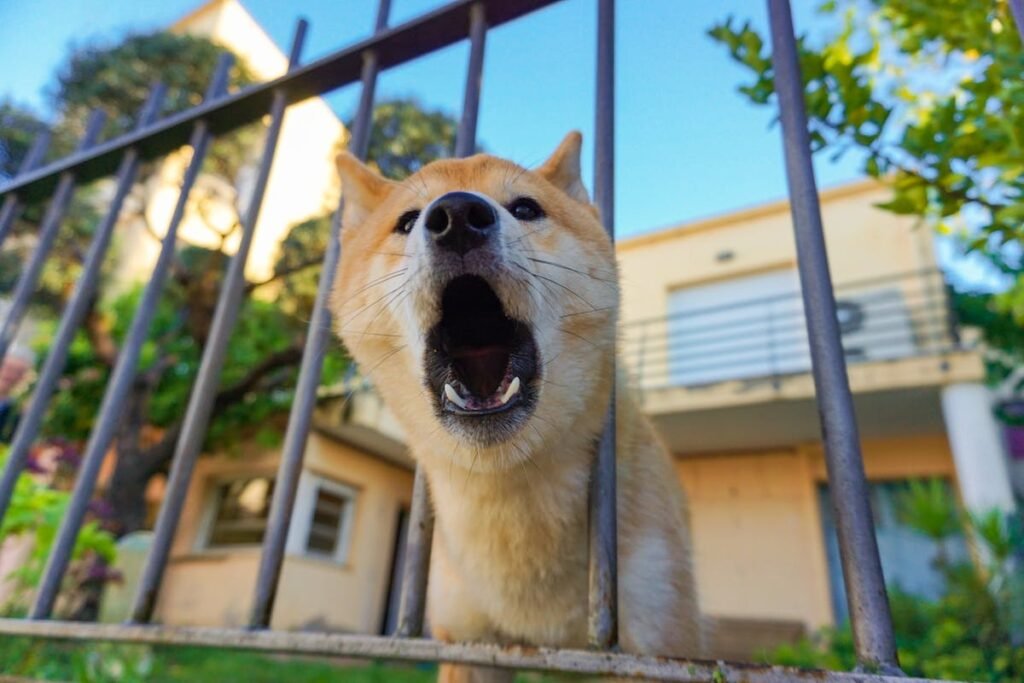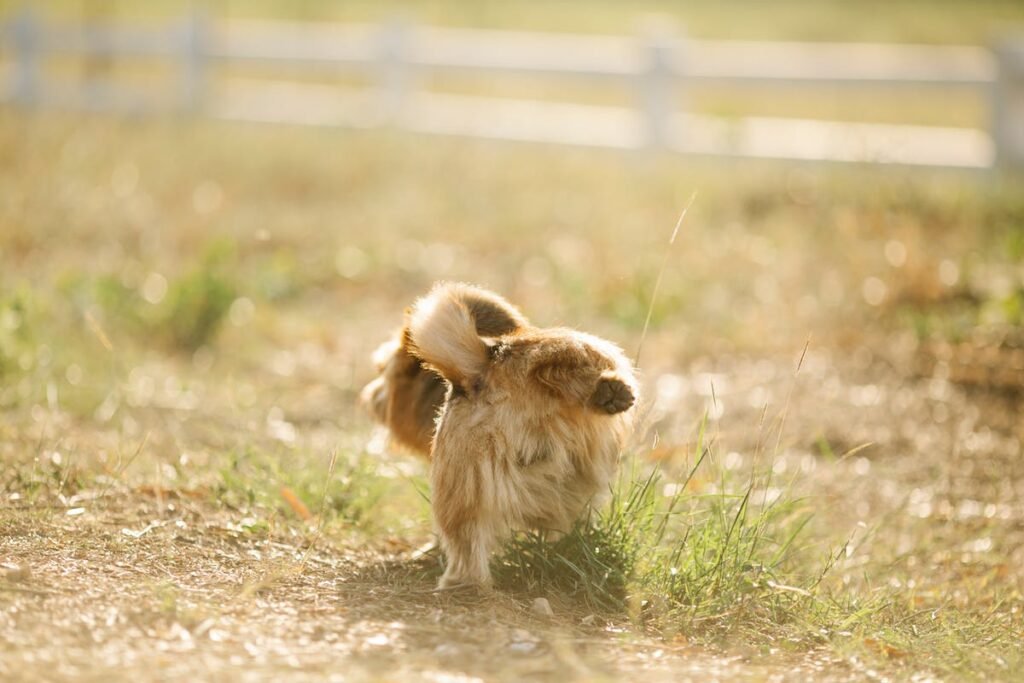Dogs are often known for their loyalty, affection, and playful nature, making them beloved companions for many. However, like any other living creature, they can also exhibit certain behavioral problems that can be frustrating and difficult for owners to handle.
These problems can range from minor issues such as excessive barking to more serious problems like aggression. In this article, we will explore the five most common types of behavioral problems in dogs and provide tips on how to effectively manage and address them.
Whether you are a new dog owner or have been a dog parent for years, understanding these behavioral problems and their solutions can help you build a stronger and happier relationship with your furry friend.
Destructive Chewing
There are various reasons why dogs chew destructively. Boredom is a common factor. Dogs are busy animals who require mental and physical stimulus to keep them occupied.
When they are left alone for extended periods with no hobbies or toys to keep them occupied, they may resort to destructive chewing to relieve their boredom. Anxiety or stress is another factor for harmful chewing.
Dogs with separation anxiety or dread of loud noises may chew on objects as a coping method. Puppies going through teething may also over-chew in an attempt to ease the pain in their gums.
To manage destructive chewing, it is essential to first identify the underlying cause. If boredom is the reason, providing your dog with enough physical and mental stimulation is key. This can include daily walks, interactive toys, and playtime with their owners.
For dogs who suffer from anxiety, it is important to address the root cause of their stress and provide them with a safe and secure environment. This may involve crate training, seeking professional help, or using calming aids such as pheromone diffusers.
Another effective way to manage destructive chewing is by redirecting your dog’s chewing behavior to appropriate items. This can be achieved by providing your dog with a variety of chew toys, such as bones, ropes, and puzzle toys.
These toys not only satisfy a dog’s natural chewing instinct but also keep them mentally stimulated. It is important to rotate these toys regularly to keep your dog interested. Additionally, it is crucial to keep all valuable and dangerous items out of your dog’s reach. This includes keeping shoes, remote controls, and household cleaners in closed cabinets or high shelves.
Excessive Barking

Excessive barking can occur due to various reasons such as boredom, fear, separation anxiety, territorial behavior, or even medical conditions like cognitive dysfunction or pain. Identifying the root cause of your dog’s excessive barking is crucial in finding the right solution.
One way to manage excessive barking is through proper training and socialization. Training your dog to understand basic commands like ‘quiet’ or ‘enough’ can help control their barking. It is also important to socialize your dog from a young age to help them feel more comfortable and less anxious in different situations. This can reduce their need to bark excessively.
Excessive barking may also be a result of separation anxiety. Dogs are social animals, and being left alone for extended periods can trigger anxiety and lead to excessive barking. In such cases, it is important to gradually train your dog to become comfortable with being alone and provide them with comforting items such as their favorite toys or a piece of clothing with your scent.
Digging
One of the primary reasons why dogs dig is to satisfy their natural instincts. Dogs have an innate desire to dig and explore their surroundings, just like their ancestors did in the wild.
This behavior is seen in all breeds of dogs, but some breeds are more prone to digging than others. Breeds such as terriers, dachshunds, and beagles are known for their love of digging due to their history of being bred for hunting and digging out small animals.
However, even breeds that are not known for their digging tendencies can exhibit this behavior if they are not given enough mental and physical stimulation.
Dogs may also dig due to anxiety and stress. This behavior can be seen in dogs that are left alone for extended periods, have experienced a change in their routine or environment, or have not been properly socialized. In these cases, digging may serve as a coping mechanism for dogs to release their anxiety and stress.
To manage a dog’s digging behavior, creating a designated digging area in the yard, such as a sandbox or specific spot, can redirect their digging behavior to an appropriate location. Consistently reinforcing this behavior and providing positive reinforcement when they use the designated area can help deter them from digging in other areas of the yard.
Improper Elimination

One of the most common causes of inappropriate elimination in dogs is medical issues. Urinary tract infections, bladder stones, and other urinary-related problems can cause a dog to have accidents inside the house. These medical issues can be easily treated by a veterinarian, but it is important to rule them out as the first step in managing inappropriate elimination.
Anxiety is another common factor that can lead to inappropriate elimination in dogs. Dogs that suffer from separation anxiety or fear of loud noises may urinate or defecate inside the house as a way to cope with their anxiety.
This behavior can also be seen in dogs that have been through a traumatic experience, such as a history of abuse or neglect. In these cases, it is important to address the underlying anxiety and work on behavior modification techniques to help the dog feel more secure and confident.
Lack of proper training can also contribute to inappropriate elimination in dogs. If a dog has not been properly housetrained, they may not understand where they are supposed to go. This can be especially common in rescue dogs or puppies that have not had consistent training. Owners need to be patient and consistent with their training methods to effectively manage this issue.
Territorial marking is another reason why a dog may engage in inappropriate elimination. Dogs are naturally territorial animals and may urinate or defecate in certain areas to mark their territory. This behavior is more common in male dogs, but can also be seen in female dogs. It is important to address this behavior early on, as it can become a habit if not properly managed.
So, how can we manage inappropriate elimination in dogs? The first step is to rule out any medical issues by consulting with a veterinarian. If medical issues are ruled out, then it is important to address any underlying anxiety or behavioral issues through training and behavior modification techniques.
Housetraining is also crucial in preventing inappropriate elimination. This involves establishing a routine for your dog and rewarding them for eliminating in the appropriate place. It is important to take your dog out frequently, especially after meals, naps, and playtime. Accidents may happen, but it is important not to punish your dog as this can worsen the behavior.
In addition to training, it is important to create a safe and comfortable environment for your dog. This includes providing them with a designated area for elimination, as well as plenty of mental and physical stimulation to prevent boredom and anxiety.
Aggression

Aggression in dogs is a serious issue that can be a result of various factors. Some dogs may be genetically predisposed to aggressive behavior, while others may become aggressive due to poor socialization, fear, or a traumatic experience.
One of the first steps in managing aggression in dogs is to identify the triggers that cause the aggressive behavior. This could be anything from a particular person, another animal, or a specific situation.
Once the trigger has been identified, it is important to avoid or minimize the dog’s exposure to it. For example, if a dog becomes aggressive towards strangers, it is important to keep them away from unfamiliar people and gradually introduce them to new people in a controlled and positive environment.
Dogs that are not exposed to different people, animals, and environments at a young age may become anxious and fearful, leading to aggressive behavior. Dog owners need to socialize their pets from an early age by taking them to puppy classes, dog parks, and other social settings.
Training and obedience are also essential in managing aggression in dogs. Dogs that are well-trained and obedient are less likely to exhibit aggressive behavior as they have learned to listen to and follow their owner’s commands. Positive reinforcement techniques, such as rewarding good behavior, can be effective in training an aggressive dog and teaching them appropriate ways to interact with people and other animals.
Are You Searching for Dog Sitting Services in the Plano, Allen, and Frisco, TX Area?
Dealing with behavioral issues can be a challenge for any pet owner, but with the right knowledge and techniques, you can address these problems effectively.
Whether it’s separation anxiety, aggression, or excessive barking, understanding the root cause and implementing the appropriate strategies can make a significant difference in your dog’s behavior.
Remember, every dog is unique, so be patient and consistent in your training efforts. If you need professional assistance, our pet-sitting services in the Plano, Frisco, and Allen, TX area are here to help. Feel free to reach out to us at Pets Are Inn for any further inquiries.

